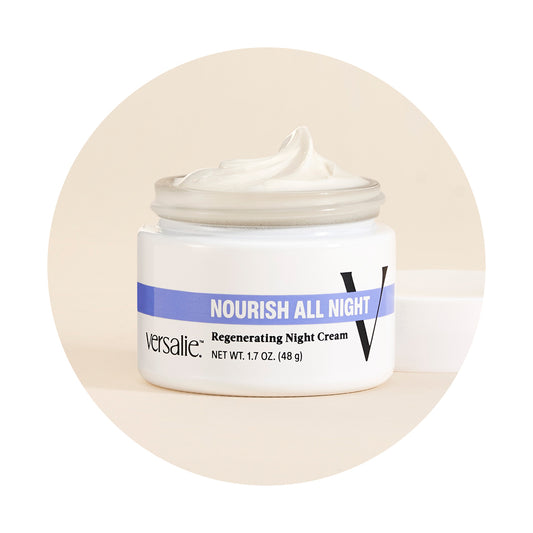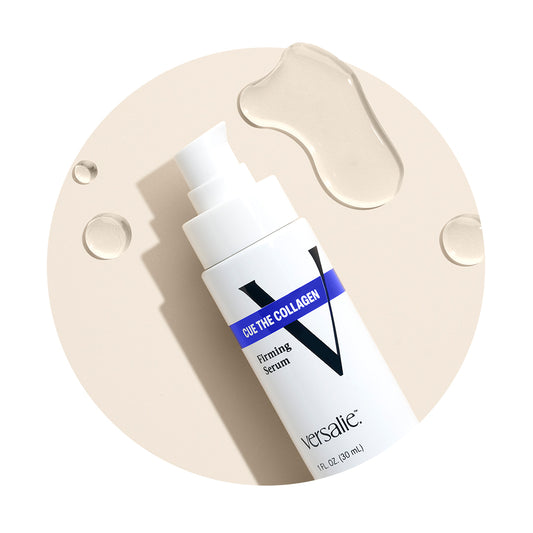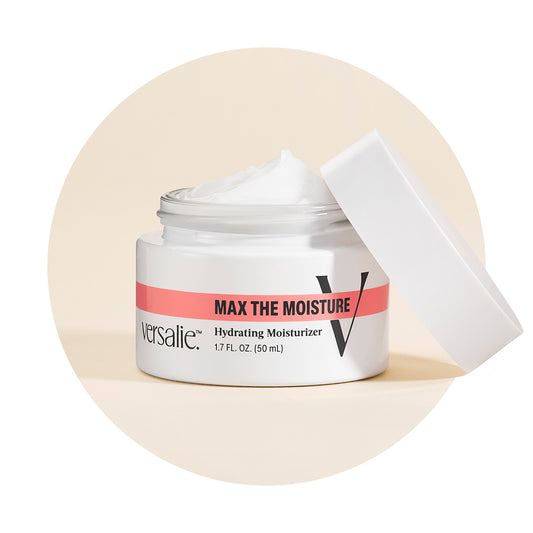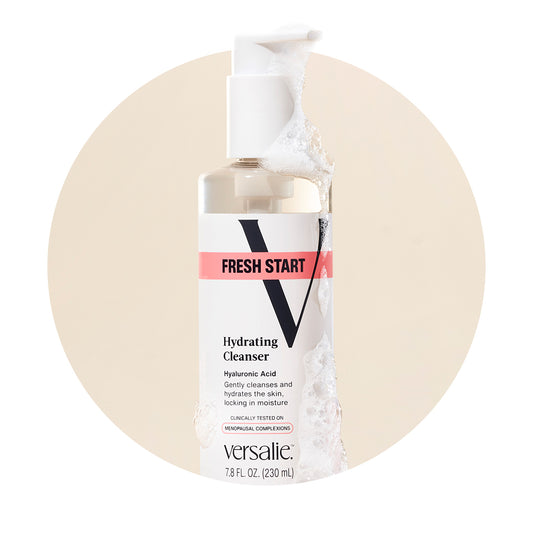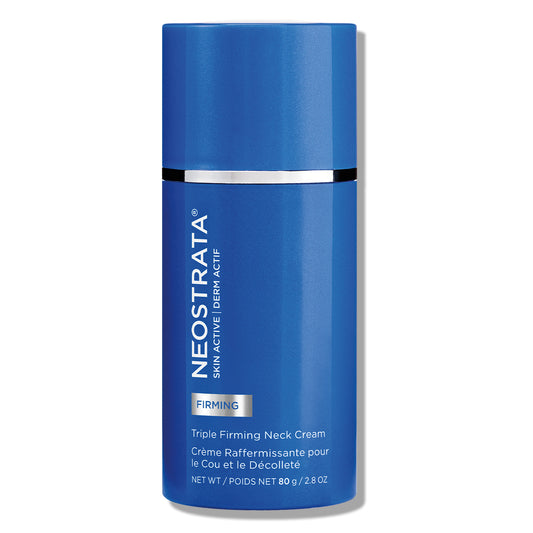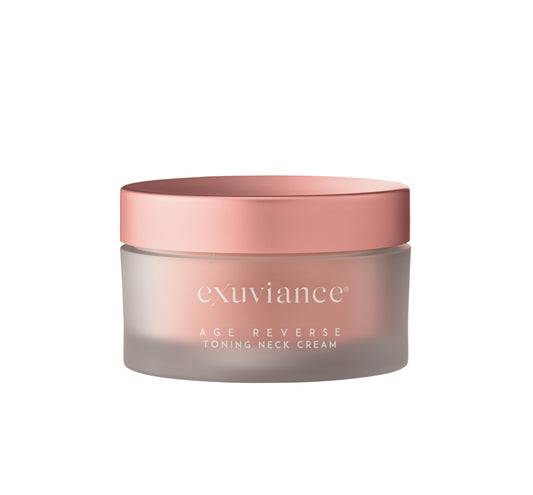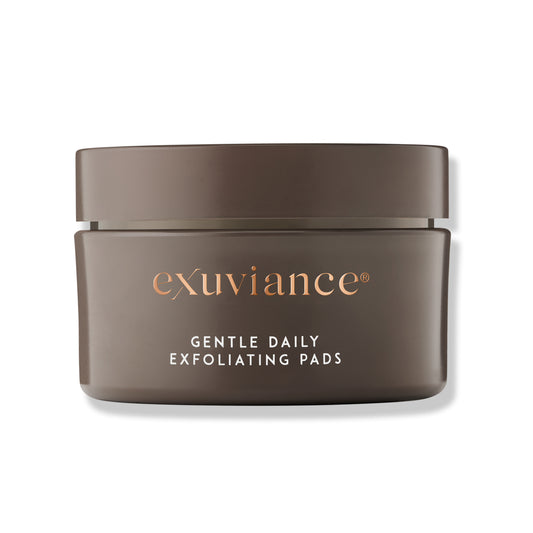You may have heard talk of age spots or melasma. But have you heard the term hyperpigmentation? It’s a medical term that refers to the darkening of certain areas of your skin. And it is (a lesser known but still) a symptom of menopause. And while changes in your skin pigment can affect people of all ages, it’s often more common and noticeable during this phase of life.
It all starts with melanin
Hyperpigmentation occurs when you produce extra melanin, the pigment in your body that’s responsible for your skin, hair, and eye color. It also helps absorb harmful UV rays and protect your cells from sun damage.
There are two primary types of melanin:
- Eumelanin. This type is responsible for creating brownish hues.
- Pheomelanin. This type is responsible for creating reddish hues.
People with darker skin tones and hair colors may have more eumelanin, and redheads might have some extra pheomelanin.
Different types of hyperpigmentation
There are various types of hyperpigmentation, each with different causes and traits. The following are ones that are directly related to menopause:
- Melasma looks like brown or grayish-brown patches of skin on the face, particularly the cheeks, forehead, and upper lip.
- Age spots are flat, brown, or black spots that develop on areas of the skin that get a lot of sun-exposure, such as the hands, arms, face, and neck.
- Post-inflammatory hyperpigmentation (PIH) results from skin inflammation, such as acne, cuts, or burns. When the skin heals, it may leave behind darkened areas that can persist for months or even years.
 All forms of hyperpigmentation impact people of all skin tones. If you have lighter skin, you’ll notice light brown spots appearing. If your skin tone is darker, the hyperpigmentation areas will be a darker shade of your natural skin tone.
All forms of hyperpigmentation impact people of all skin tones. If you have lighter skin, you’ll notice light brown spots appearing. If your skin tone is darker, the hyperpigmentation areas will be a darker shade of your natural skin tone.
Causes of menopause hyperpigmentation
Hormonal fluctuations
Estrogen helps to control the amount of melanin your body makes. When your body is producing estrogen at a normal level, it helps control how much melanin is produced and appropriately used. As estrogen levels decline during menopause, melanin production increases. This can cause a shift in how much pigment gets delivered to your skin and may cause you to develop new darker patches or spots on your body.
Interestingly, the opposite is true for those who are pregnant. An increase in estrogen, typically occurring in the third trimester of pregnancy, can also cause a shift in melanin production, causing hyperpigmentation.
This over-delivery of melanin can also be affected if you’re taking menopause hormone theory (MHT). While MHT is sometimes prescribed to alleviate menopausal symptoms, it can also have side effects, including changes in skin pigmentation.
Sun exposure
Too much sun exposure is a major factor in skin pigment changes at any stage of life. And during menopause is no exception. As estrogen levels drop, and as you age, your skin becomes thinner and less capable of retaining moisture. As a result, your skin, regardless of your natural skin tone, is more vulnerable and sensitive to UV damage from the sun.
 Slower skin cell turnover
Slower skin cell turnover
All healthy skin cells shed, on average, every month or so. New skin cells form at the innermost layer of your skin and travel to the outermost layer. Then, they slough off and the process begins again. As you age, this natural process of skin cell turnover slows down because the processes used to repair and regenerate skin cells also slow down. This means that dead skin cells do not shed as efficiently as they used to which can lead to a duller complexion, which may draw more attention to any hyperpigmentation you may have.
Genetics
Genetics also play a crucial role in how your skin responds to hormone changes and how your skin changes over time. Your baseline skin color, as well as your potential family history of conditions like age spots and melasma, may make you more likely to experience any form of hyperpigmentation.
Ways to manage and treat menopause hyperpigmentation
Protect your skin from the sun
Regardless of your skin tone, the most important thing you can do to help manage and prevent hyperpigmentation during menopause is to focus on sun protection. Wearing sunscreen with a high SPF, staying in the shade when you’re outside, and wearing sun-protective clothing can help prevent further damage from UV rays.
Practice healthy skin care
Be sure to talk with a dermatologist to find the skin care products that may be right for your needs.
- Topical treatments. There are several over-the-counter and prescription topical treatments that can help reduce the appearance of menopause hyperpigmentation. Ingredients such as retinol and vitamin C are commonly used to help even out skin tone and lighten dark spots. Retinol is a form of vitamin A and helps to stimulate the production of collagen and create smoother skin texture. Vitamin C can help lighten dark spots on the skin by slowing down the production of melanin. It does so by inhibiting melanin production only in the areas where there has been an increase.
- Skincare products. Using skincare products that contain antioxidants can help improve skin texture and reduce hyperpigmentation. Antioxidants work by evening out skin tone and reducing inflammation, thereby protecting skin cells from causing further damage. These products can be used as part of a daily skincare routine.
- Gentle care. Always be gentle with your skin and avoid harsh scrubs or abrasive treatments as these can worsen hyperpigmentation by causing slight trauma to the skin.
Seek medical skin treatments
Make sure you consult with a dermatologist or a licensed aesthetician to get the right treatment for you.
- Chemical peels. Chemical peels involve applying a safe chemical solution to the skin which exfoliates the top layer and encourages the growth of new, evenly pigmented skin. This procedure can be effective in treating hyperpigmentation, but it should be performed by a trained professional.
- Laser therapy. Laser therapy uses targeted light to break down any extra melanin in your skin. It can be very effective for hyperpigmentation that has been present for a long period of time. However, it may require multiple sessions and should be done by a qualified practitioner.
- Microdermabrasion. Microdermabrasion is a non-invasive procedure that uses tiny crystals to exfoliate the skin's surface, removing dead skin cells and promoting the growth of new, healthier skin. It can be beneficial for mild hyperpigmentation.
 Adopt positive lifestyle habits
Adopt positive lifestyle habits
In addition to the above treatments, there are some lifestyle changes and practices that can help manage hyperpigmentation during menopause.
- Eat a healthy diet. A diet rich in antioxidants and vitamins can support skin health. Foods like berries, leafy greens, and citrus fruits are packed with nutrients that can help combat skin damage.
- Hydrate. Drinking plenty of water throughout the day can help keep the skin hydrated and can improve its overall appearance. Carrying a water bottle around is a great way to keep up this habit.
- Manage stress. Chronic stress can make hyperpigmentation in the skin worse. When you’re stressed, you produce a hormone called Adrenocorticotropic (ACTH). ACTH can trigger too much melanin in your skin which can impact any existing hyperpigmentation. Try incorporating stress-reducing activities into your routine, like yoga, meditation, or deep breathing exercises.
The good news is that hyperpigmentation is primarily a cosmetic concern. Leaving your skin looking the way it does is not dangerous or harmful. It’s learning to manage how you look, both physically and emotionally, that’s most important. If you would like to work on evening out your skin tone, there are many things you can do, including making informed choices about skincare, lifestyle, and possible treatments. Ultimately, it’s up to you to learn to love the way you look.



